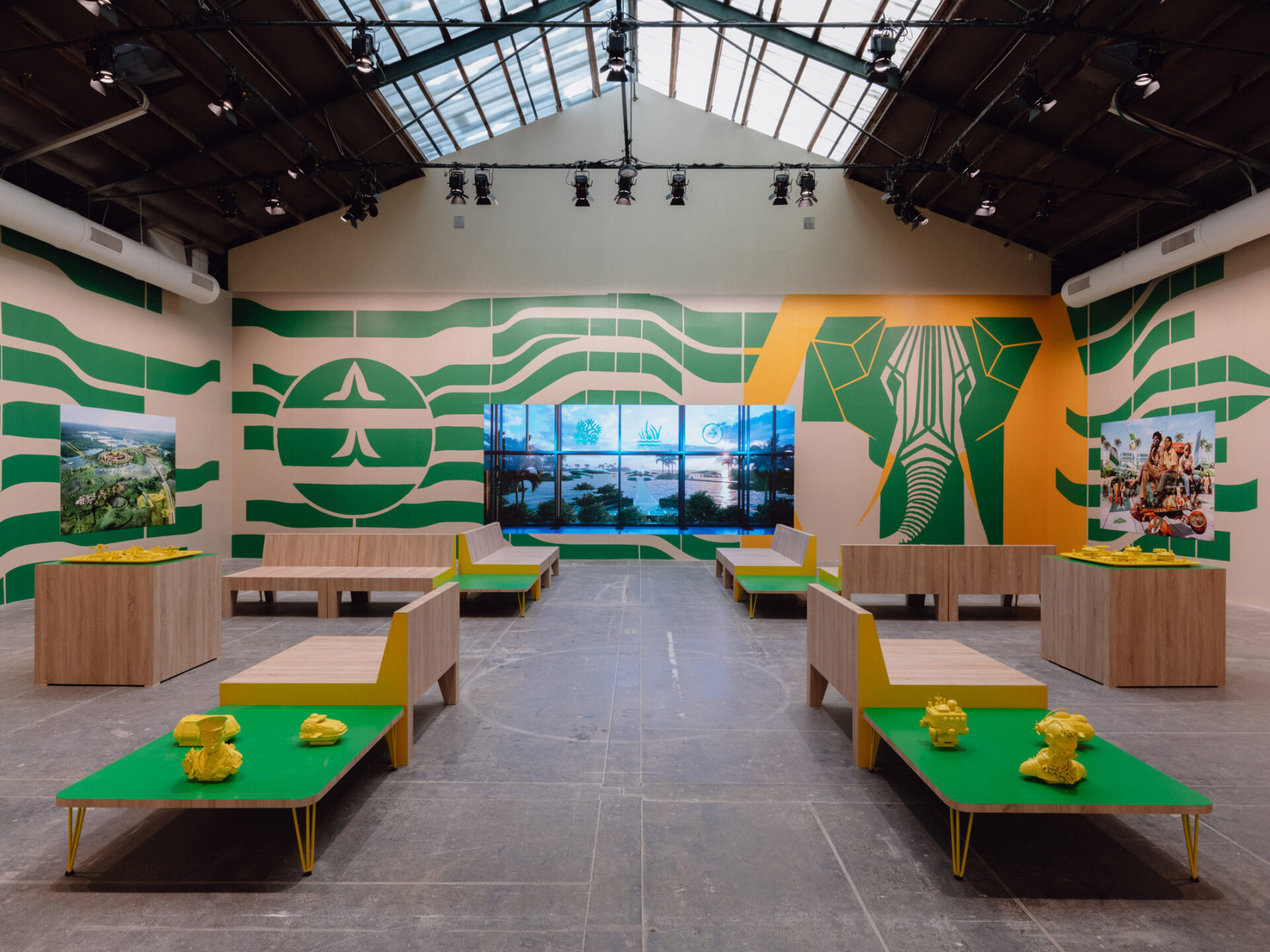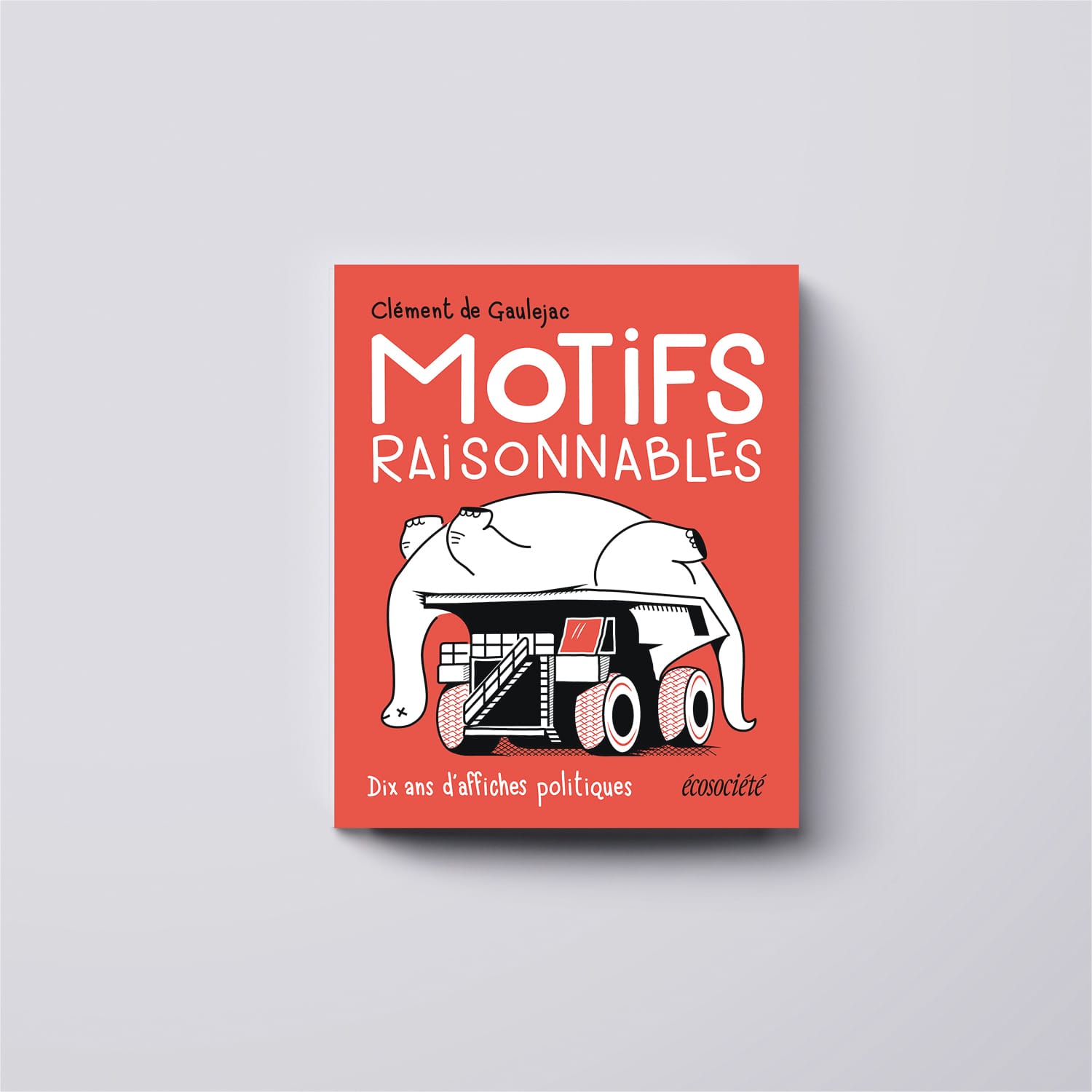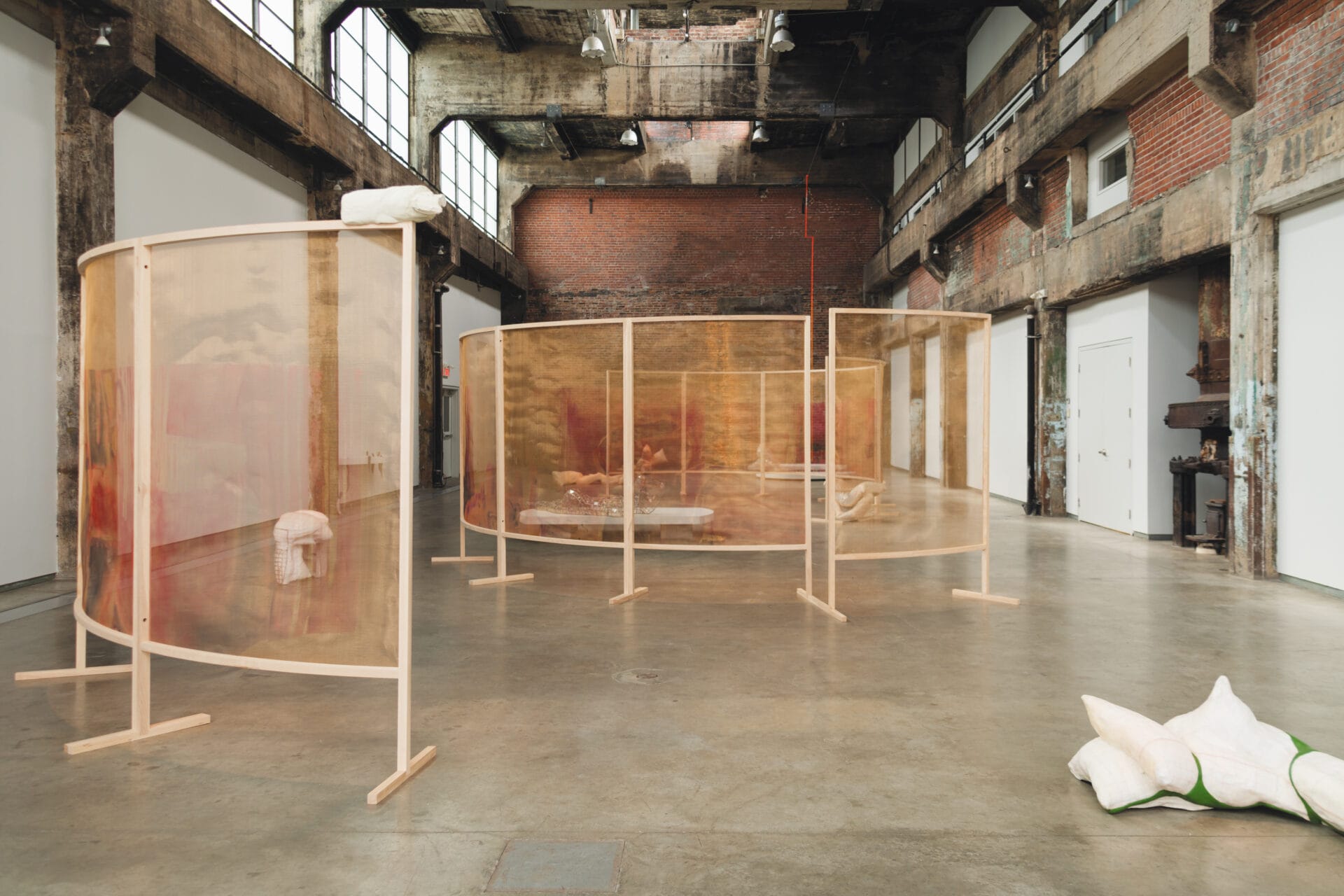The Laboratory of the Future: A Turning Point in the History of Architecture
May 20–November 26, 2023

Photo: Matteo de Mayda, courtesy of La Biennale di Venezia
May 20–November 26, 2023
Colossal art events such as the Venice Biennale (be it the art or architecture edition) are recalcitrant beasts: constantly haunted by the ghosts of previous curations; shackled by colonial paradigms that still define discourses; burdened by impossible expectations and responsibilities; too monstrously large and tentacular to eloquently narrate the stories they set out to tell. But, love them or hate them, Venice Biennales do one or two things incredibly well. They provide a physical and contextual full immersion in the urgency of contemporary creative and cultural debates and often, as a result, end up setting future trends. Deeply entrenched in the idea that mega-exhibitions like these can promote positive change, Biennale directors, from Okwui Enwezor and Massimiliano Gioni to Cecilia Alemani to Yvonne Farrell and Shelley McNamara, have relentlessly conceptualized ambitious exhibitions through which to envision fairer and more sustainable futures.
Over the past few editions of the Biennale, curatorial efforts have markedly focused on the challenging task of breaking the canonical mould of Eurocentric, white supremacy—the path is clearly visible. It is perhaps not a coincidence, then, that a visit to Lesley Lokko’s accomplished and sophisticated The Laboratory of the Future should feel like a return to the path carved by The Milk of Dreams, curated by Cecilia Alemani last year. This impression is further reinforced by the ever-thinning line that separates the aesthetic languages characterizing both events. Painting might be less prominent here, but squint your eyes enough and this year’s Architecture Biennale could easily pass itself for its art sibling. There are spectacular installations, multimedia displays, sculptures, film, video and sound installations—gone are the days when the Biennale was filled almost exclusively with minimalist architectural models, once the lingua franca of the architectural international community.
Create your free profile or log in now to read the full text!
My Account


